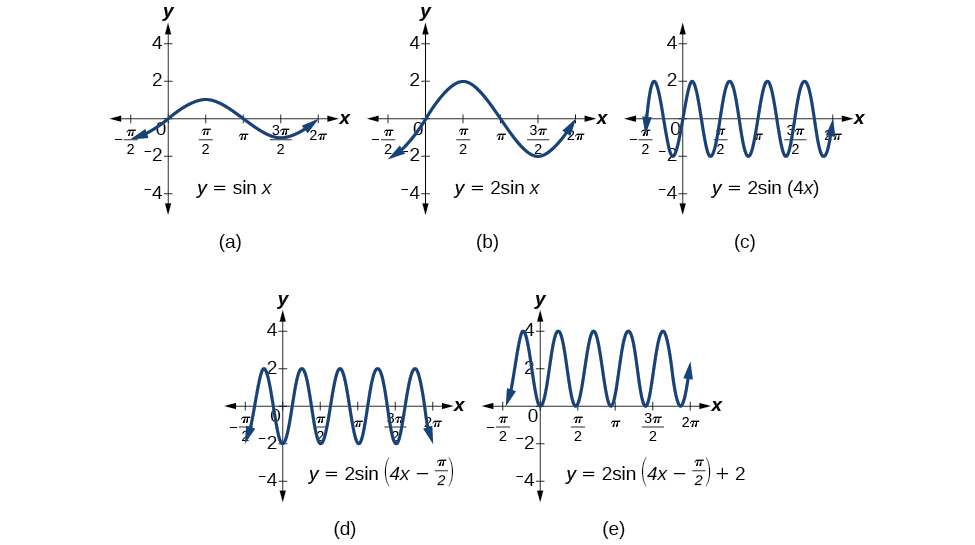| << Chapter < Page | Chapter >> Page > |

Suppose we charted the average daily temperatures in New York City over the course of one year. We would expect to find the lowest temperatures in January and February and highest in July and August. This familiar cycle repeats year after year, and if we were to extend the graph over multiple years, it would resemble a periodic function.
Many other natural phenomena are also periodic. For example, the phases of the moon have a period of approximately 28 days, and birds know to fly south at about the same time each year.
So how can we model an equation to reflect periodic behavior? First, we must collect and record data. We then find a function that resembles an observed pattern. Finally, we make the necessary alterations to the function to get a model that is dependable. In this section, we will take a deeper look at specific types of periodic behavior and model equations to fit data.
Any motion that repeats itself in a fixed time period is considered periodic motion and can be modeled by a sinusoidal function . The amplitude of a sinusoidal function is the distance from the midline to the maximum value, or from the midline to the minimum value. The midline is the average value. Sinusoidal functions oscillate above and below the midline, are periodic, and repeat values in set cycles. Recall from Graphs of the Sine and Cosine Functions that the period of the sine function and the cosine function is In other words, for any value of
The general forms of a sinusoidal equation are given as
where is related to period such that the is the phase shift such that denotes the horizontal shift, and represents the vertical shift from the graph’s parent graph.
Note that the models are sometimes written as or and period is given as
The difference between the sine and the cosine graphs is that the sine graph begins with the average value of the function and the cosine graph begins with the maximum or minimum value of the function.
Show the transformation of the graph of into the graph of
Consider the series of graphs in [link] and the way each change to the equation changes the image.


Notification Switch
Would you like to follow the 'Precalculus' conversation and receive update notifications?